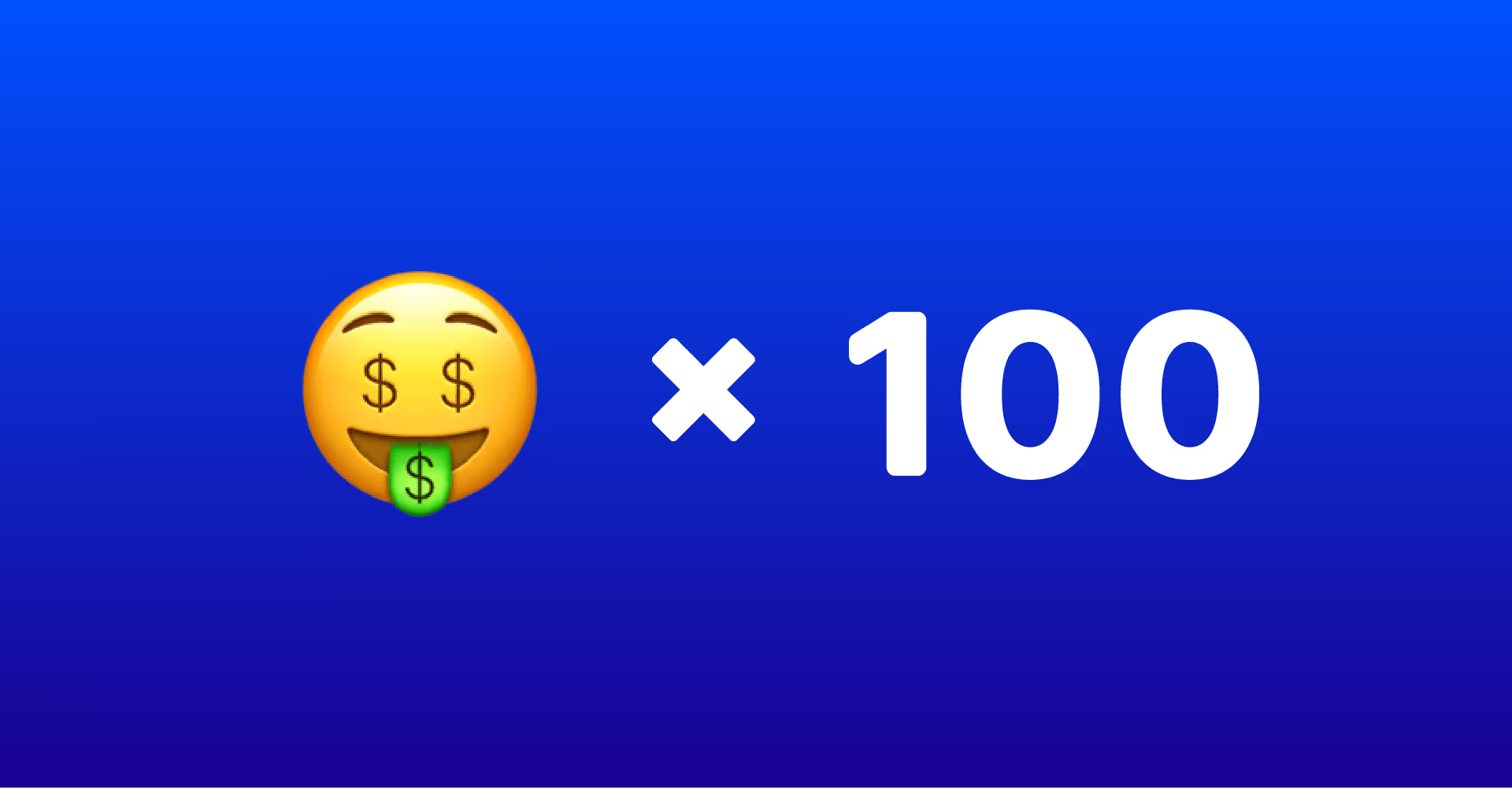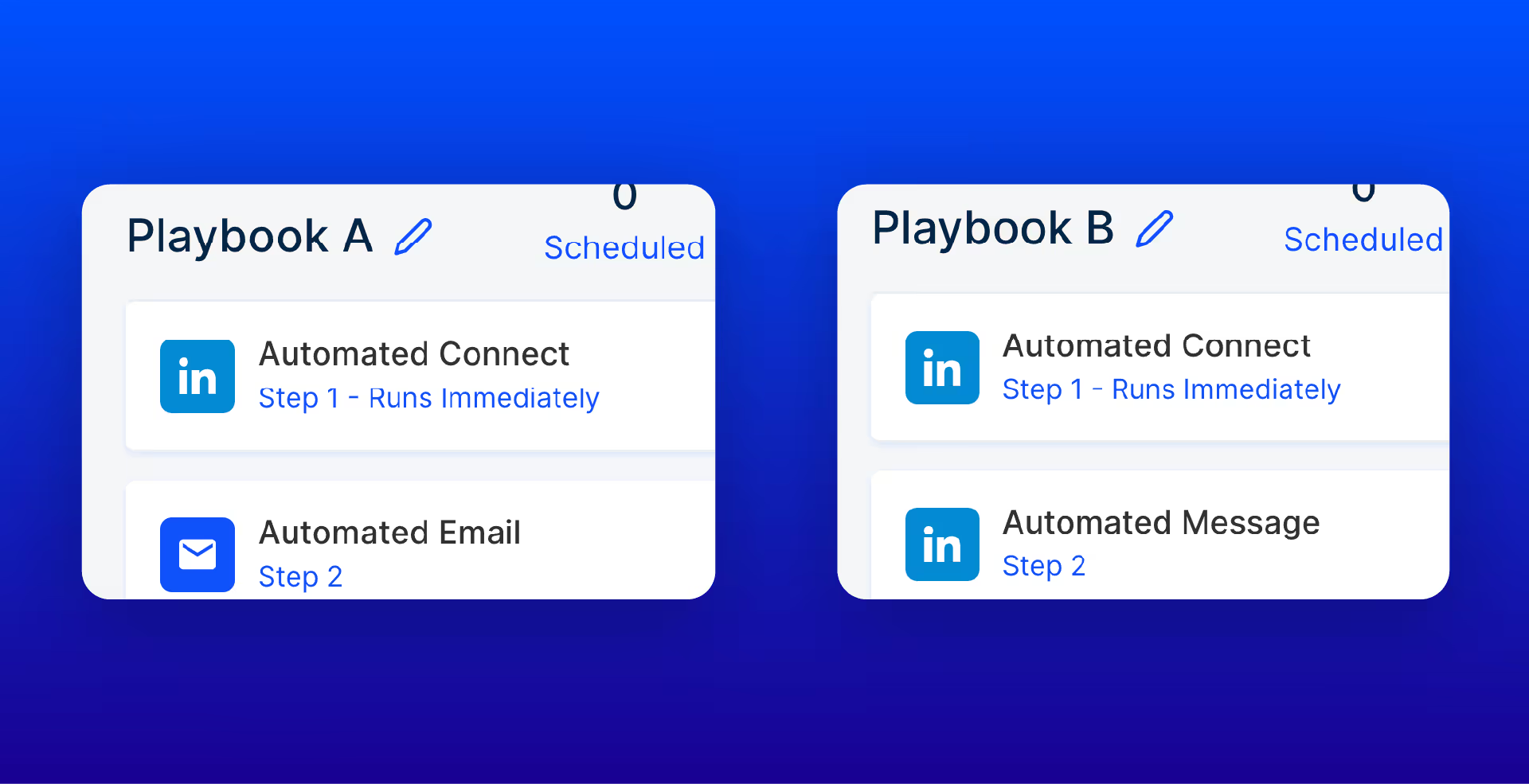Guide to Your First 100 Customers (Our Story)


When LeadLoft first started, we didn't get our first customers by reaching out to friends or family. Instead, we turned to cold email.
It's funny to think about it now, given how far we've come and how sophisticated our strategies have become. But even today, about 90% of our customers still come from cold outbound efforts.
Yes, we’ve grown our organic channels through our blog and YouTube channel, but cold outbound still remains as our strongest channel.
We want to share our story with you, so in this article we'll be sharing how we went about using cold outbound to scale LeadLoft.
Let's dive in!
The Power of Cold Outbound
For early-stage startups, cold outbound is crucial. It’s a direct and often immediate way to start conversations with potential customers.
When you're just starting, every connection counts, and cold emails can open doors that you don’t know exist. I can't stress enough how important this was for us.
And the fact that 90% of our customers have come through cold outbound, really tells you how important this channel can be when executed correctly.
Setting Up for Success
One of the first things we did differently from other startups was setting up a separate domain for our sales team's outreach.
This move was a game-changer. Using a separate domain, also known as a burner domain, protects your main domain’s sender reputation.
You don’t want your primary domain getting blacklisted because of high-volume outreach efforts. But even with a separate domain, maintaining a great sender reputation is crucial.
We made sure to use email warming tools to continuously warm both our outreach and main domains to ensure our emails always landed in the primary inbox.
Focusing on Quality Over Quantity
In the early days, we focused on low-volume outreach to high-quality prospects. Blasting emails to everyone just doesn’t work. Trust me, we tried it.
Targeting the right person and company gets you higher open and reply rates.
For example, instead of sending out thousands of emails, we carefully selected a few hundred high-quality prospects. The results? Significantly higher engagement rates.
Crafting the Perfect Cold Email
Crafting the perfect cold email takes time and a lot of testing. We experimented with a variety of different messages, always AB testing and optimizing for the better results. Our best-performing emails were short, concise, and had clear CTAs.
But the real magic happened when we provided value in our messages. We now share our own processes and offered genuine help. Instead of just asking, “Do you want a new CRM?” we actually offer to share how we generate revenue ourselves.
Managing Outreach Volume
We learned the hard way that increasing email volume wasn’t the answer. This was hard to figure out but it's one of those things only seasoned cold emailers know.
Every time we tried, our open rates plummeted. It’s likely because platforms like Google and Microsoft flag sudden spikes in volume as potential spam.
Keeping our volume low maintained high open rates, and consequently, higher reply rates.
Choosing the Right Tools
Before LeadLoft had its own outreach tool, we tested various platforms. Some, like MailShake and LeadLoft, are optimized for cold outreach, while others, like HubSpot and Klenty, aren’t. The difference was really clear to us, almost a 30% drop off in open rates between one tool to the other.
Just be aware that not all tools not optimized for cold email and bad performance may be the result of the tool and not your team.
Verifying Email Addresses
We never contacted unverified emails. Verifying every email is critical. Using LeadLoft’s BoundShield feature, we managed to verify even those emails other tools couldn’t.
This gave us about 40% more contacts to reach out to compared to our competitors.
Effective Follow-Up Strategies
Following up is an art. We set up a system to follow up with interested contacts who weren’t ready yet.
We’d reach out again 90 days later or around the New Year. This simple strategy of setting up deal stages in LeadLoft turned out to be a gold mine.
It’s something every startup should implement.
Incorporating Multi-Channel Outreach
As we evolved, we incorporated LinkedIn automation and cold calling into our strategy. Using LeadLoft for LinkedIn outreach was a game-changer.
It’s one of the best tools out there for cold outreach. For cold calling, we used LeadLoft’s phone number finder and Dialpad as our click-to-call solution.
Adding more channels significantly boosted our results but it did take time to make each channel work.
Cold Outbound: A Product Feedback Loop
One unexpected benefit of cold outbound was the product insights we gained. Talking to customers directly guided our product development.
The feedback loop helped us build a better product and served as a reality check for a lot of our assumptions.
Wrapping Up
Cold outbound is amazing for early-stage startups. It’s not just about generating leads but also about gaining insights and refining your product.
While SEO is important, it takes time to see results. We’ve published hundreds of blog posts and have tens of thousands of monthly visitors, yet cold email still outpaces our organic channels almost 10 to 1.
If you’re in the early days of your company, I strongly recommend focusing on sales outreach to close deals quickly and keep your company alive.
If you're curious about how exactly we did this or need help setting up your outreach processes, feel free to reach out to our team.
We’re more than happy to help you out or even set up our own process if you choose to use LeadLoft.






